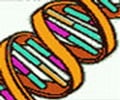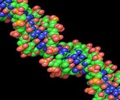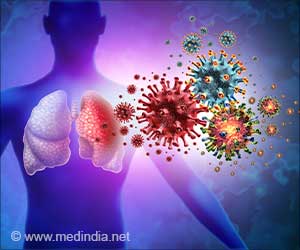Scientists are creating a DNA database of pathogens to help them track spread of hospital superbugs, just like detectives use DNA, to place suspects at crime scenes.
Scientists are creating a DNA database of pathogens to help them track spread of hospital superbugs, just like detectives use DNA, to place suspects at crime scenes.
The project would carry the complete genetic codes of pathogens taken from hundreds of people, so that DNA can be used to track the spread of infection and to identify the source of outbreaks of disease.The database will help doctors to determine the route by which patients with MRSA and Clostridium difficile have picked up these bacteria, and thus to control infection.
When a patient falls ill with MRSA, the germ's DNA will be sequenced, and compared with samples in the database, which could help to determine whether the infection was present when the patient was admitted to hospital or whether it was acquired on the ward.
The information will help doctors to decide what must be done to stop the outbreak.
The approach could even allow scientists to establish whether individual nurses or doctors are spreading disease through poor hygiene, by matching DNA from patients' germs to samples from the skin or clothing of staff.
Large databases of genetic information about germs will also provide powerful insights into their biology, which promise to help the development of diagnosis and treatment.
Advertisement
"We want to forensically describe how germs are transmitted, and work out better ways of intervening and interrupting that transmission," Times Online quoted him as saying.
Advertisement
The project is aimed to use the genetic mutations that each of these organisms acquires to construct their family trees.
Source-ANI
TRI












